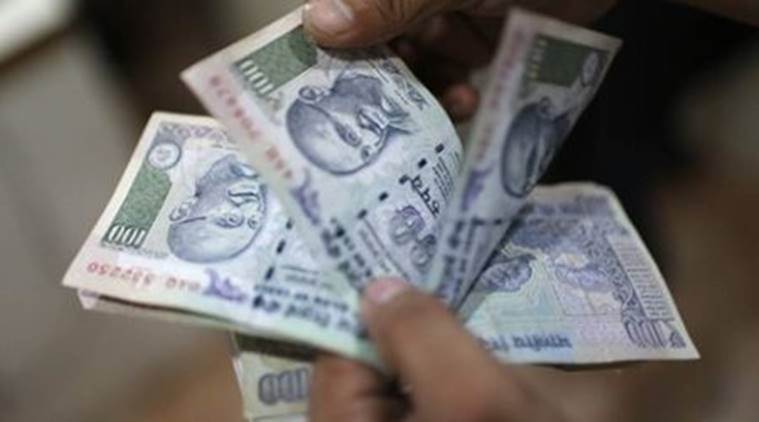No fake currency was seized from November 8 to December 30, Finance Ministry tells PAC
During the period, there was an increase of 136 per cent in the number of groups searched than the last year

One of the primary motives cited for demonetisation was to tackle problems of counterfeit notes and terrorist financing. In its submission to the Public Accounts Committee, the Finance Ministry has said no counterfeit notes were seized by agencies from Nov 8 to Dec 30. While an amount of Rs 474.37 crore in new and old currency was seized by Income Tax from Indian nationals during the demonetisation drive from November 9 to January 4, the Ministry has said it has no information whether the persons from whom the cash was seized were terrorist groups or smugglers
However,the ministry, has reported a 100 per cent increase in seizure of valuables and 51 per cent increase in undisclosed income admitted during the period April-December 2016, as compared to the corresponding period last year.
During the period, there was an increase of 136 per cent in the number of groups searched than the last year.
The ministry also declared buoyancy in tax collections since the demonetisation drive was announced on November 8. There is 12.01 percent rise in the net collection of direct tax, net growth of 24.6 per cent in personal income tax collections and 14.4 per cent rise in advance collection than what was recorded during corresponding period last year. “CIT (corporate income tax) advance tax is growing at 10.6 per cent while PIT (personal income tax) advance tax has registered a growth of 38.2 per cent,” the ministry told the PAC in response to its queries on demonetisation.
The four secretaries from the ministry — Revenue, Expenditure, Department of Economic Affairs and Department of Financial Services — are expected to appear before the PAC on February 10.
Pointing out that there have been widespread reports of the usage of Fake Indian Currency Notes financing of terrorism and drug financing, both the government and the RBI have claimed that demonetisation could contain it. In a note given to the Parliament’s Department Related Committee of Finance, RBI has said: “It occurred to Government of India and the Reserve Bank that the introduction of new series of notes could provide a very rare and profound opportunity to tackle all the three problems of counterfeiting, terrorist financing and black money by demonetising the banknotes in high denominations of Rs 500 and Rs 1000 or by withdrawing legal tender status of such banknotes.”
To a specific question by the PAC on how many counterfeit notes of Rs 500 and Rs 1000 denomination have been seized from terrorist groups, smugglers of arms, drugs and spies until December 30, the ministry said. “No counterfeit currency have been seized by agencies under CBEC (Central Board of Excise and Customs) since 8th November 2016 till 30th December 2016.”
Of the total cash seizure between November 8 to January 4 2017, Rs 112.29 crore was in new currency. The ministry’s reply to the PAC also said during demonetisation period, the Directorate of Enforcement (ED) seized Rs 3 crore in old currencies from 67 places across India and foreign currency worth Rs 1.7 crore. A search on 36 hawala operators across the country could bring out old currency worth Rs 1 crore, new currency worth Rs 20 lakh and foreign currency in Rs. 50 lakh.
During December 2016, there is an increase of 14.2 per cent in the net indirect tax collection which included a 31.6 per cent growth in central excise and 12.4 per cent rise in service tax over the corresponding month last year.
The Finance Ministry reiterated that the demonetisation exercise has had a “positive impact” which includes idle cash coming to the formal system, possibility of widening and deepening the tax base, increased availability of funds with banks, rise in the usage of non-cash transactions, increased transparency, easier tracking of cash that returned to the bank and more cash-less transactions.







 →
→












0 comments:
Post a Comment